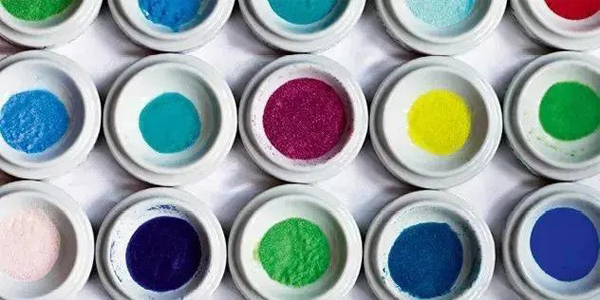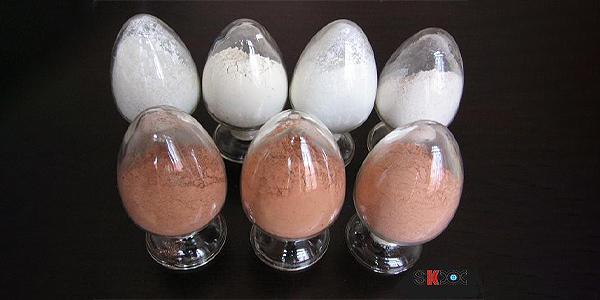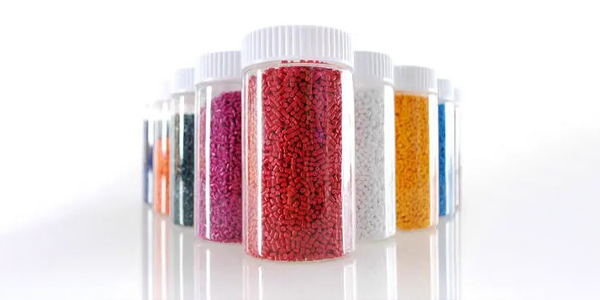
 Haojing
Haojing  2025-11-12
2025-11-12
We daily see in addition to colorless transparent glass bottles, and with color: brown glass medicine bottles, blue oral liquid bottles, blue, green bottles of refined oil and so on. Let me show you if colored glass bottles are safe.
一、oxide coloring
Ordinary glass bottles are made by smelting quartz sand, soda ash and limestone. The glass can be colored by adding 0.4 to 0.7% of the colorant to the mixture (the colorant is mostly metal oxide).

Each metal element has a unique "spectral characteristics", so different metal oxides show different colors, for example, the addition of chromium oxide (Cr2O3), glass is green; Add manganese dioxide (MnO2), the glass is purple; The addition of cobalt oxide (Co2O3) makes the glass blue.
People also through the melting temperature and the nature of the furnace flame to adjust the valence of elements, so that the glass presents different colors, such as the copper in the glass, if the existence of high price of copper oxide glass appears blue-green; In the presence of low-priced cuprous oxide (Cu2O), the glass appears red.

Advanced coloured glasses are now made using oxides of rare earth elements as colorants, and even change colour under different light.
In addition to rare earth elements, color-changing glass can also be made by adding tungsten and platinum directly to the glass.
二、material coloring
The process of adding materials that can form coloring ions, compound colloid and metal colloid particles to glass materials to make them show different colors can be divided into four types according to the coloring mechanism.

① ion coloring, is to add cobalt (Co), manganese (Mn), iron (Fe), copper (Cu) and other transition elements to the glass compound.
② Compound colloid particle coloring, is to add sulfur compounds to the glass containing zinc, heat treatment twice, by light scattering coloring
③The metal colloid particles coloring, the oxide in the glass raw material, first dissolved in the glass in ionic state, after heat treatment transformation and finally light scattering absorption and coloring.
④ Semiconductor coloring.
Copyright © 2020 Guangzhou Haojing Glassware CO.,LTD. All Rights Reserved.



